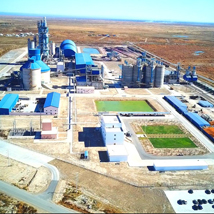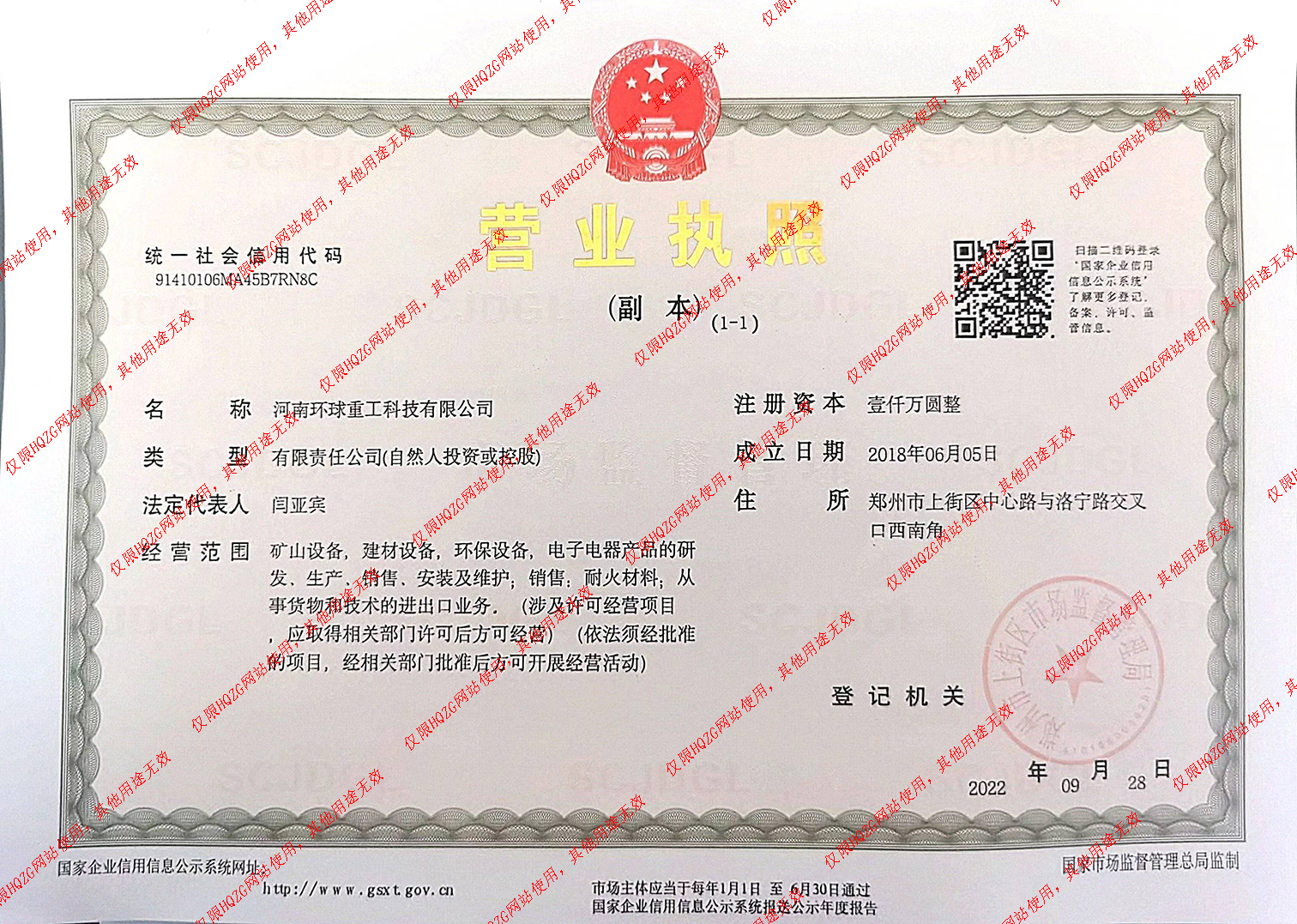Popular searched products:
The flotation process is a very widely used mineral processing method in mineral processing production. It utilizes the differences in physical and chemical properties of mineral surfaces to achieve mineral separation from the slurry with the help of bubble buoyancy. The flotation process can be widely used for the separation of non-ferrous metals, ferrous metals, and non-metallic minerals, and is especially suitable for roughing and sweeping operations in large and medium-sized flotation plants. It can process non-ferrous metals such as gold, silver, copper, iron, tungsten, lead, zinc, tin, molybdenum, nickel, tantalum, niobium, manganese ore; fluorite, talc and other non-metals.

The preliminary process of the flotation process is the same as the washing process. Here is a brief explanation: Material → Feeder → Jaw crusher for primary crushing → Jaw crusher for secondary crushing → Vibrating screen screening → Feeding Machine → ball mill ← → classifier, the following process is different from the magnetic separation process. The qualified slurry enters the mixing barrel through the conveyor. The slurry is fully stirred and blended in the mixing barrel. The stirred material enters the flotation machine for two times. Flotation (rough separation and selection), minerals and chemicals are fully reflected in the flotation machine to generate foam. The scraper board scrapes the foam containing minerals and delays the foam for concentration and precipitation. The concentrated and precipitated materials are dried or After drying, the finished mineral powder can be obtained. The tailings are also sent to corresponding equipment for further processing.
The main components of the flotation process:
1. Crushing and screening stage in the flotation process:
The raw ore is transported to the rectangular ore silo by the mine car for storage, and then sent to the jaw crusher for first-stage crushing through the electric vibrating feeder. The crushed products are transported to the self-centering vibrating screen via the belt conveyor for screening, and the products are screened It is transported back to the cone crusher through the belt for the second stage of crushing. The products of the cone crusher and the jaw crusher are sent to the vibrating screen through the same belt conveyor. The products under the vibrating screen are transported to the cone storage bin for storage through the belt conveyor. .
2. Grinding and classification stage in the flotation process:
The ore in the ore silo is fed to the ball mill by the electrovibration feeder for grinding. The grinding product is sent to the spiral classifier for classification. The underflow of the classifier returns to the ball mill for re-grinding, and the overflow is transported to the second-stage ball mill through a pipeline. For fine grinding, the second-stage grinding product enters the hydrocyclone for classification, the classified underflow returns to the second-stage ball mill for re-grinding, and the overflow is transported by a pipeline to the mixing tank for mixing.
3. Ore beneficiation stage in the flotation process:
The stirred product enters the flotation machine for flotation. The slurry undergoes primary roughing, secondary beneficiation, and primary sweeping to obtain concentrate. During the separation process, the rougher concentrate and primary beneficiation tailings are returned to the rougher flotation machine. For re-selection, the secondary selection tailings slurry is returned to the primary selection flotation machine for re-selection.
4. Concentrate dehydration stage in the flotation process:
The concentrate is transported to the deep cone multi-cone high-efficiency thickener for concentration, the overflow water is returned to production for reuse, the concentrated underflow enters the plate filter press for filtration, and the filter cake is transported to the concentrate bin for storage by a belt conveyor.
5. Tailings treatment stage in the flotation process:
The tailings slurry is transported by the pump to the thickening cyclone for concentration. The concentrated overflow is transported to the high-efficiency tailings thickener for re-concentration. The overflow water of the thickener is returned for reuse. The underflow is transported to the high-efficiency multi-purpose thickener with the underflow of the thickening cyclone. It is filtered in the frequency dewatering screen, the filtrate water is returned to the tailings slurry, and the filter cake is transported by a belt conveyor to form a tailings pile.
Related Reading
- What is machine-made sand? Why is machine-made sand so popular? What are the advantages of machine-made sand?
- A brief discussion on the uses and development prospects of machine-made sand, with a case study of machine-made sand production line
- There are four methods for recycling fine sand. Do you know them all?
- What are the commonly used sand washing equipment? What should you pay attention to when purchasing sand washing machine equipment?
- Choose the right sand washing equipment to easily double the profits of your sand and gravel production line!
- If you want to choose a cost-effective truck-mounted mobile sand washing machine, Zhengzhou Global Heavy Industry is your first choice
Product show
Product



 Source:
Source: Time:2024/04/25 11:16:20
Time:2024/04/25 11:16:20
